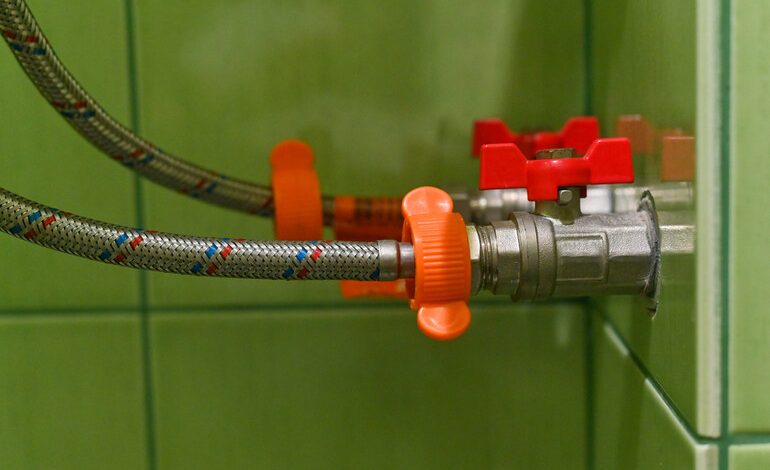Flow State: A Brewer’s Guide to Proactive Drain Care

Brewers understand that consistency is important. You have control over all of it, water chemistry, and fermentation temperature, to make sure that your brewing is as accurate and reliable as possible. This should be done to the invisible sections of your brewhouse as well. The plumbing behind the tanks and the fermenters silently sustains all production processes. Clean and efficient drainage ensures that the working environment is clean and contamination is avoided, and the rhythm of your brewing routine is not affected.
To the homebrewers and the production facilities alike, the maintenance of the drain is not merely a background activity, but is a component of the craft. Once the system is operating as intended, you are able to remain committed to the actual objective of making great beer without wasting time. With quality being determined by the precision, even the minutest details under the floor are as valuable as the ingredients in the mash tun.
What makes brewery plumbing different?
A lot of water is consumed in brewery drains. Such water harbors such byproducts as grain particles, sticky yeast, and hop matter. You also apply good cleaning chemicals of different PH values. Your pipes are strained by this mixture.
How Problems Start
Let us dissect the process of starting drain problems. We tend to find out that the drains run more slowly as time goes by. This can interrupt your work. The problem can be attributed to a progressive accumulation of organic matter within the main house line or grain bits, yeast sediment, or particles of hops that pass through during cleaning or transfer.
Fermenters and hoses are important, and so should plumbing be. Use it as any other item in your brewing configuration. Regular maintenance schedule, line flushing, traps, and food-safe cleaners ensure everything is running smoothly. It is a little thing that keeps your system safe, saves you time, and keeps your attention in the right place: making great beer.
Steps You Can Take
These actions can save you time and money.
- Capture More Solids. Check your floor drain screens. Make sure they catch as much solid material as possible. Less grain and hop material in your pipes is always better.
- Use a Hot Water Flush. Make this a part of your daily cleanup. Run a high volume of hot water, around 140°F (60∘°C), through your main drains for 10 to 15 minutes. This step helps dissolve sugars and flush out yeast before they settle. [1]
- Watch for Early Warnings. Pay attention to small changes in your system. Do you hear gurgling sounds from a drain? Does water take longer to disappear? These are signs that a buildup may be forming.
Next Steps
An examination can ensure that your lines are clear. A sewer camera inspection does not guess, but it shows you the interior of your pipes. It allows you to locate any accumulation in time to impact on your operations. You may consider it a plumbing inspection of your brewery. Knowing who to call for sewer backup issues is just as important.
Creativity and attention to detail are the key ingredients to the beer industry business, and you are better off improving your recipes rather than dealing with drain backups. Simple, active drain maintenance will ensure that your brewhouse is efficient and predictable. When the pipes under your feet are clean and running, you are able to focus on what is really important, which is creating beer that is distinguished by its quality and consistency.

